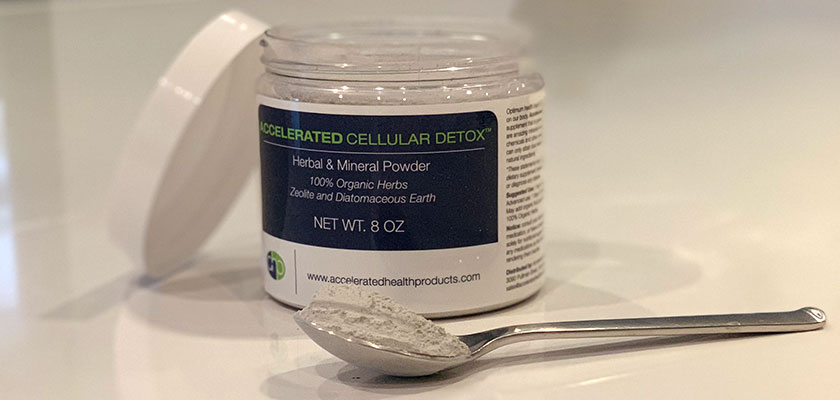
Teenagers can often be hungry and require extra energy to live through puberty. Good food role models, a positive food environment, and messages about healthy eating can encourage adolescents to adopt healthier eating habits. There are some unhealthy eating habits that teenagers should avoid. You should avoid overeating, eating too little, or following restrictive and unplanned diets. Not only does this increase the nutritional value, but it also provides the body extra energy and nutrients necessary for growth.
Healthy eating habits can reduce the likelihood of children developing eating disorders such as anorexia and bulimia. The benefits of a healthy diet can be discussed with children when they are young. As strict eating habits can lead to more demanding children, parents should be cautious. Instead, parents should discuss the benefits of eating fruits and vegetables with their children and stress the importance of choosing nutrient-rich foods.
It's fun for kids to help prepare food. Involving your children in the cooking process can spark a healthy interest. Encourage your children to explore as many foods as possible by limiting their use of electronic devices for at least one hour before they go to the kitchen. They should drink lots of water and not have to eat sweets or soda all the time. Stress about the mess at the table. Your child will eventually lose interest in the mess.
Another common unhealthy eating habit is binging. Overeating is another common problem. This is when you eat a lot of food at once. You should eat until your stomach is full. To avoid binging, bingers can practice eating smaller meals throughout the day to reduce their chances of getting hungry. This will help them control their food intake, and reduce weight. This will help them to lose their fear of gaining more weight.
It can be helpful to share meals with family and friends in order to overcome unhealthy eating habits. We tend to eat too fast when we eat alone. If we are distracted, we may eat more. This can lead you to overeating. Additionally, eating with others allows us to spend more time thinking and focusing on the food. This is a way to eat less quickly and not overeat.

A child's nutritional needs may vary depending on their eating habits and other factors. Although hunger needs in newborns can be varied, as they grow older they may have different needs. It is important to observe your child's eating habits and encourage them to make healthy choices. This can help your child make informed decisions. Remember that a healthy diet and well-balanced meals will make it easier for them to be successful.
Avoiding eating while you're bored, tired, or anxious can lead to an unhealthy relationship with food. It is important not to overeat and make healthy choices. You shouldn't eat out of habit. It's important that you make good food choices. When you are feeling stressed or anxious, it is crucial to stay away from food. Even if you have the best intentions, it is important to avoid foods that are high fat and high sugar. This way, you'll enjoy more nutritious food and avoid unnecessary calories.
Healthy food should be available in every room of your home. This will help you avoid unhealthy eating habits and eat more healthfully. Avoid social events where you are likely to come across food you are afraid of. Keep your healthy snacks on hand and eat smaller meals when you go out with friends. This will make it easier to resist the temptation to eat too much. Avoid junk food.

You should not snack too much during the day. Don't let your child overeat when it's not necessary. You can ensure your child does not crave food when they are hungry by limiting snack consumption. Children tend to follow the example of their parents. Avoid making your children unhappy about their eating habits. They will be able to develop healthy eating habits because of the example set by their parents.
FAQ
Are there any requirements to become a chef?
No. Many chefs started their careers by learning on their own. Some even went to culinary school just to gain experience. Culinary school is preferred by most chefs because they have more opportunities to grow and learn. Culinary schools provide hands-on training that helps students develop valuable skills and enhance their culinary knowledge.
What are the requirements to become a chef?
To be a chef you need a bachelor's level in culinary arts. In addition, you need to pass a series of tests administered by the ACF. After completing these requirements, you will be awarded a certificate that confirms your qualifications.
Which career path is best for someone who wants a career as a chef or chef? What are the best ways to start your career as a chef.
As an apprentice, you can start your journey to becoming a chef. Apprenticeships are a way to earn a living while you learn. After your apprenticeship, you may apply for a role as a sous chef. Sous chefs oversee cooks and help them make salads and desserts. They also oversee the restaurant's operations.
How do you learn to cook the best?
Cooking should be something everyone can do. Cooking is a skill that will allow you to enjoy delicious food. When learning how to cook, the first thing to do is find a recipe you love and follow it closely. You'll then want to practice small adjustments until you feel confident making the dish. Try cooking for others. This will help you improve at cooking and also allow you to test your skills.
Statistics
- On average, chefs earn $58,740 a year, according to the BLS. - learnhowtobecome.org
- According to the BLS, chefs earn $58,740 a year. (learnhowtobecome.org)
- The median pay for a chef or head cook is $53,380 per year or $25.66/hour, according to the U.S. Bureau of Labor Statistics (BLS). (learnhowtobecome.org)
External Links
How To
How to make a perfect Omelette
Omelets are a favorite breakfast food of mine. But how do you make them perfectly? I've tried many recipes and different methods but none have worked. I have some tips and tricks to help you make delicious, fluffy omelets every single morning.
First, eggs can be very temperamental ingredients for making omelets. It is important that eggs are fresh from an organic market and kept cool until used. You must keep them cool enough to allow the whites to form properly and the yolks to become too runny if they're not kept at the right temperature. This will make your omelets appear strangely colored. If you're going to cook them immediately, it is best if the eggs are still warm.
You can also separate the egg before you add it to the pan. You don't want any white to get mixed up with the yolk because this could cause the omelet to curdle.
You might burn the bottom of the egg if you place the egg directly on the stovetop. This could ruin the texture of your omelet. Instead, microwave the egg for 10 seconds before adding it to the pan. The microwave heat is sufficient to cook the egg without overcooking.
Let's now talk about mixing eggs. When you mix eggs together, you want to beat them well. To do this, take the bowl from the mixer and flip it upside-down. Next, shake the bowl vigorously. This allows the air to be whipped and the egg to be mixed thoroughly.
Now it's time to have fun: pour the milk into the mixture. The first step is to pour half of the milk in the beaten eggs. Next, fold the eggs into the remaining milk. If you still see streaks of eggs, don't worry. These streaks will disappear once the omelet has been turned over.
After folding the eggs fold the pan onto medium heat. When the oil starts to hot, wait for the pan to cook. Once the oil begins to heat, add 1/4 cup butter and swirl the pan to coat it. Now carefully crack open the lid of the pan and sprinkle salt into the pan. An additional pinch of salt will prevent the omelet form sticking to your pan.
Once the omelet forms, cover the pan again. Let the top side set completely. Use a spatula to flip the omelet or turn the pan upside-down. Cook the other side for another minute or two. Remove the omelet from the pan and serve immediately.
This recipe works best when you use whole milk.